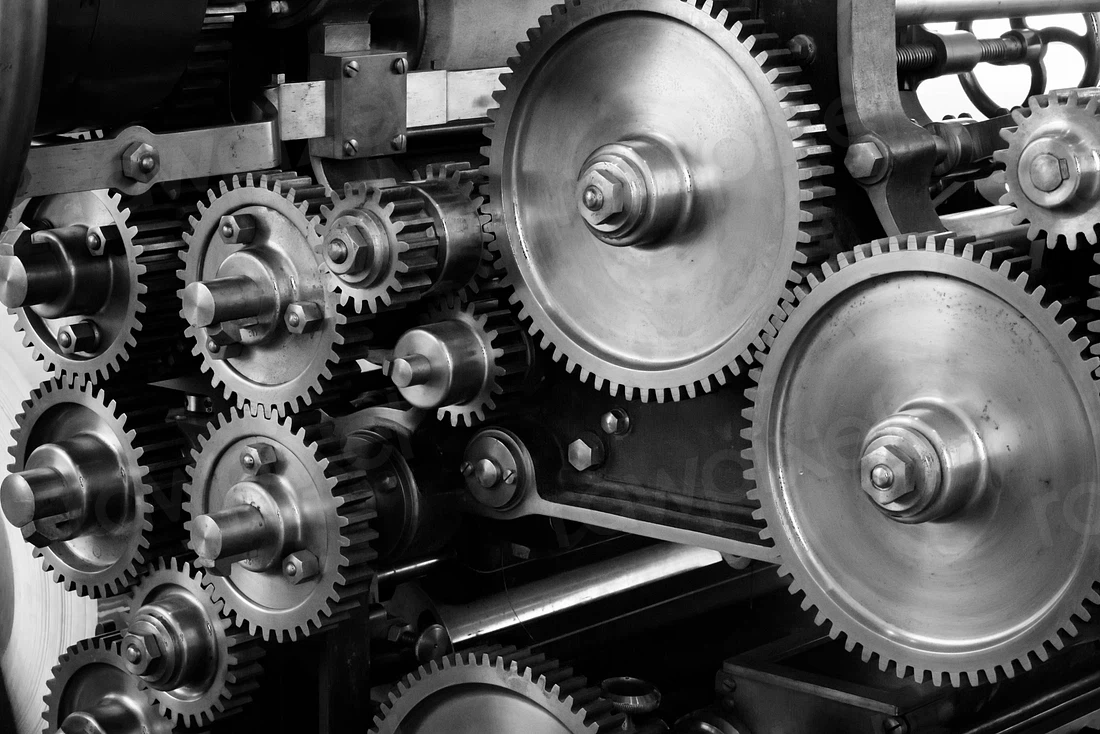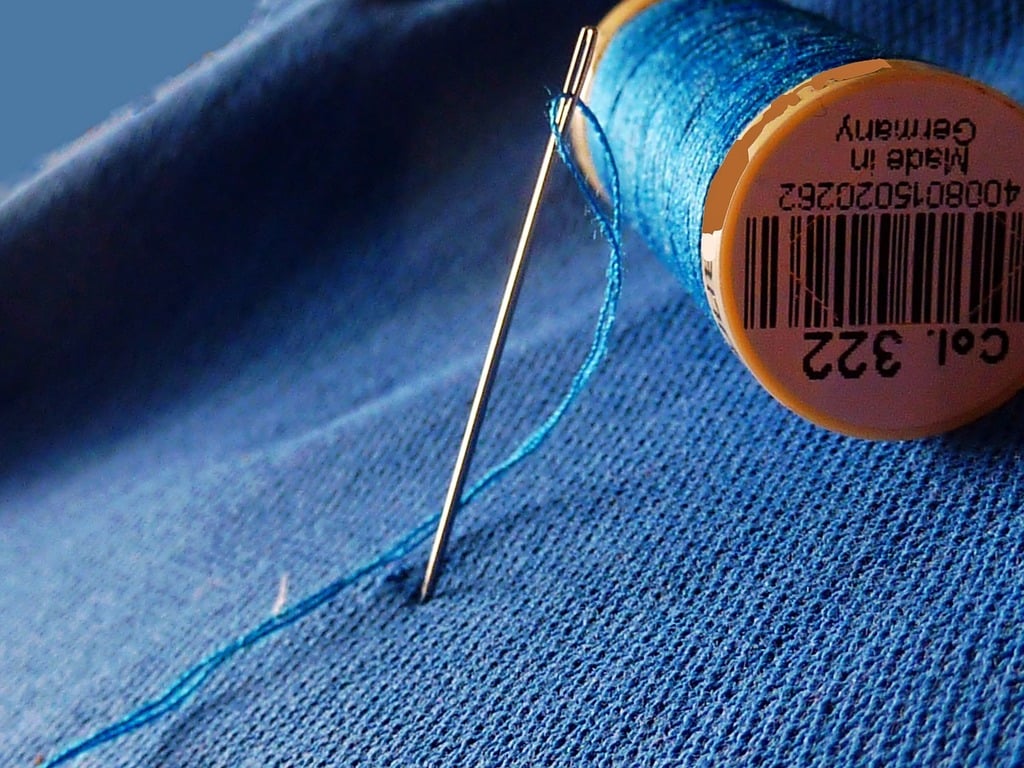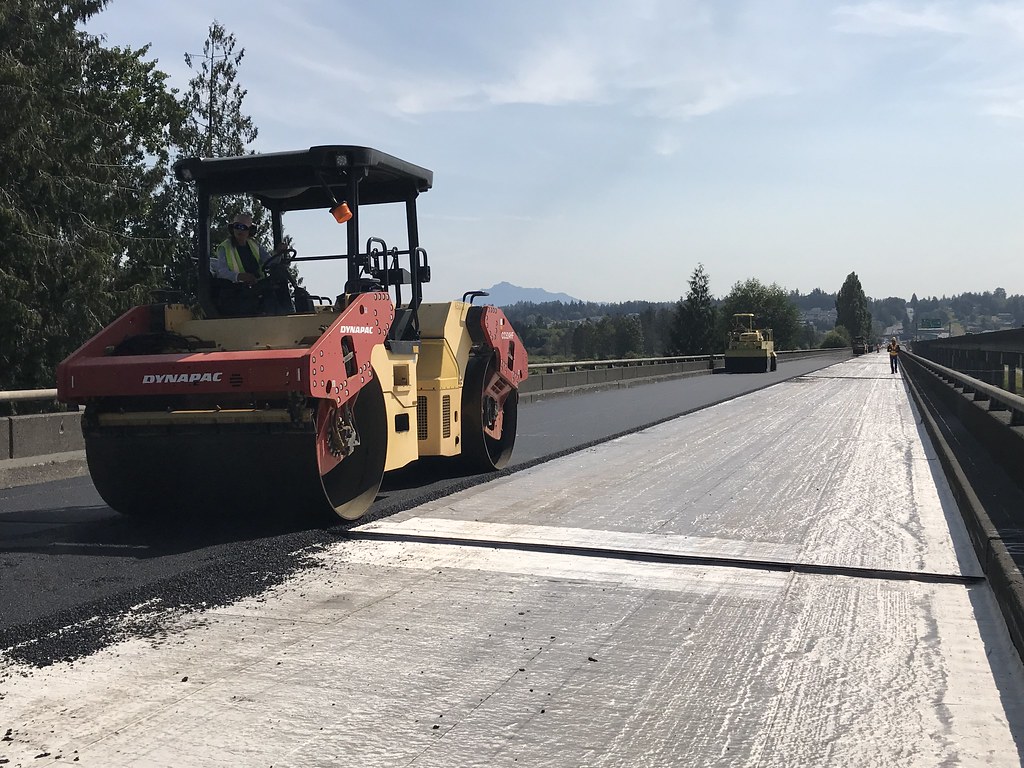Crafting can be a lot of work. It may seem like it takes forever to cut out shapes for cards and other art-related items, but with die cuts, there is no need! With the right tools, you can quickly make your masterpieces in minutes. Although the term is broad and may refer to other things, it is the process of mass-producing cutout shapes for art-related projects. Interestingly, the process has made it relatively easier for designers and artists to produce the needed shape for their creative ventures. Are you interested in die-cutting? Read the following points!
Die-cutting applications in Craft and Art.
Cutting out shapes and creating replicas of art items that you want to include in your project may be time-consuming.
You need to cut through the edges manually and precisely estimate the elaborate designs. Luckily, there is a fast and efficient way to create these things.
It is now easier to make the cutout shapes and mass produce them without spending too much time doing manual labour with die-cutting machines. Die-cutting applications could range from creating stickers, cards, pillow boxes, and gift tags.
You can also use it to develop customised treat bags for any event, or you could also utilise it to make scrapbooks. Whatever it is that you like, you can use the die-cutting process to complete it!
There are far greater die-cutting applications, and it is also cost-effective and practical since you only need the machine operated to produce more shapes or cardboard cuts.
What is a Digital Die Cutting Machine?
Like other machinery types, a die-cutting machine may also come with a digitally operated version. Digital die-cutting machines are mainly electronically powered and synced with computer software that comes with preloaded images ready for production.
Most people opt to have this version compared to the manual die cutting machine since it offers more flexibility in handling complex cutout shapes and practically reduces load times.
If you want to procure one, you can check online for listings and compare the prices!
Is It costly?
Investing in buying die-cutting equipment is like buying a land property. The initial costs may be higher than usual, but the following benefits outweigh the initial expense.
Once you get through with the other die-cutting equipment, you will notice an advantage in buying one over when you plan to rent.
The costs of buying a die-cutting machine can range from $20 to a hundred depending on its size. Some variations of die-cutting machines could range from a couple of hundred bucks or more. If you are planning to buy one, it is highly recommended that you check online for price ranges and pick the machine type that suits your budget.
Die-cut shapes
Die-cut shapes are those pieces of material crafted and cut off by a die-cutting machine to pattern a particular shape. It is sometimes made out of corkboard and other materials like fabric.
Although the term die-cut shape is most commonly used, people also refer to ephemera or cutouts.
Die-cutting is one of the best ways to expedite any art project which may require intricate detailing. Through its efficient shape-cutting process, any designer or artist can use the fast turnaround time. It is a cost-effective investment for those who want to mass-produce gift cards or other forms of embellishments.
More About Die-Cutting
Die-cutting is a manufacturing process that uses specialized cutting dies to produce precise, intricate shapes from various materials, including paper, cardboard, plastic, and fabric. This versatile technique can be used for various applications, from creating packaging to producing decorative elements.
The process starts with a flat piece of material that is fed into a die-cutting machine, where the cutting die is pressed against the material with high pressure, cutting it into the desired shape. The cutting die is usually made of steel and is custom-made to match the desired shape. This allows for maximum precision and accuracy in the final product.
There are two main types of die-cutting: flatbed and rotary. Flatbed die-cutting is best suited for cutting relatively thin materials, such as paper and cardboard. In contrast, rotary die-cutting is ideal for thicker materials like rubber, foam, and plastic.
Die-cutting is often combined with other manufacturing techniques, such as creasing and embossing, to create multi-dimensional products. It is also commonly used to produce custom-shaped packaging, labels, and promotional materials.
In conclusion, die-cutting is a versatile and essential manufacturing process that has a wide range of applications in various industries. Whether you’re producing packaging, promotional materials, or simply looking to add a decorative touch to your products, it is a must-know technique that offers precise, efficient, and cost-effective results.
Apart from that, if you are interested to know about die-cut stickers then visit our Business category.



